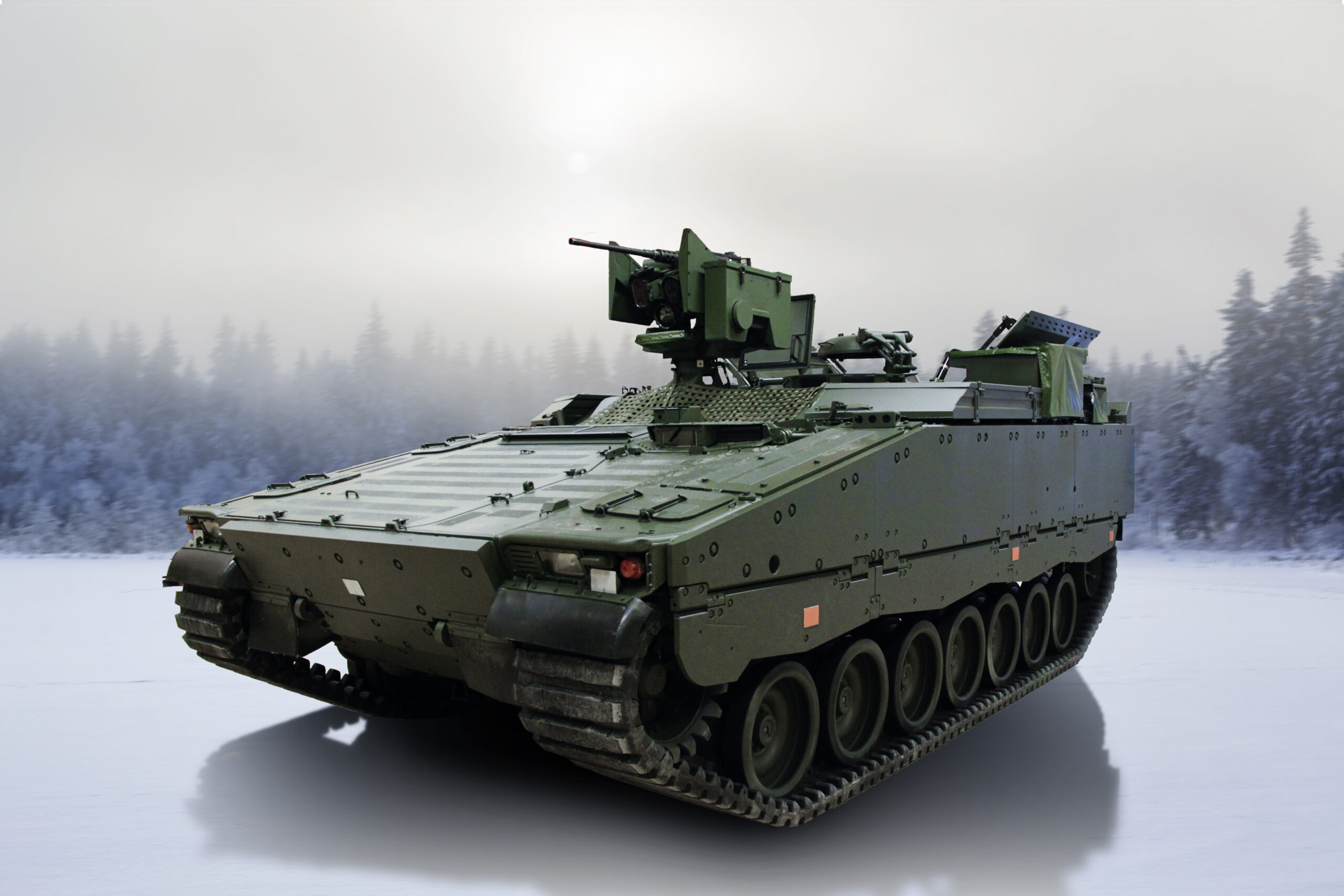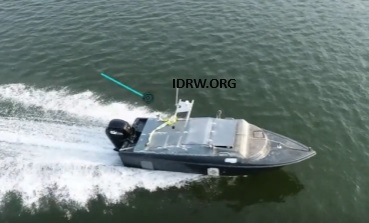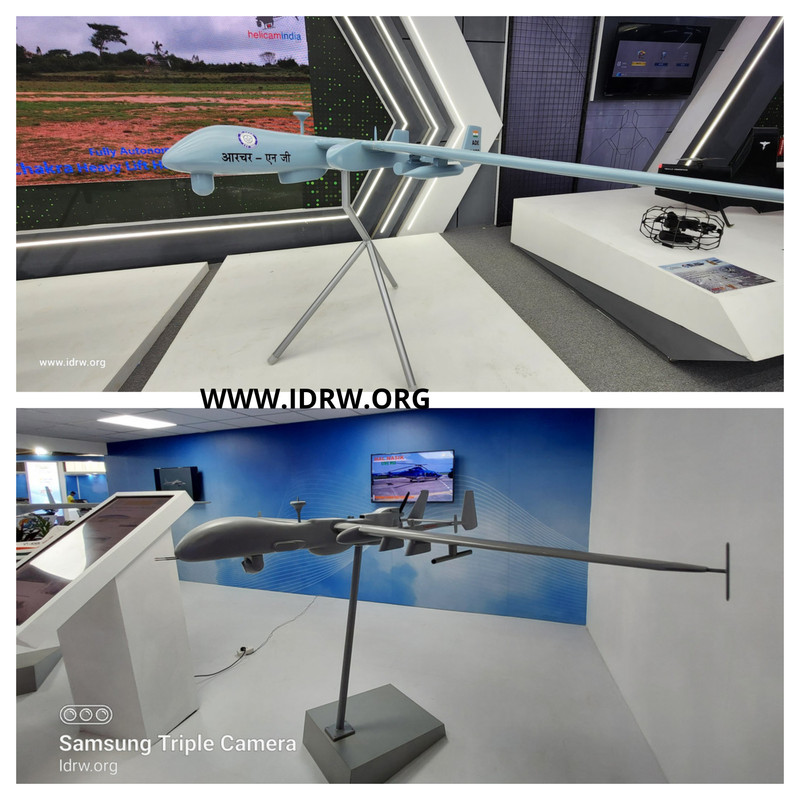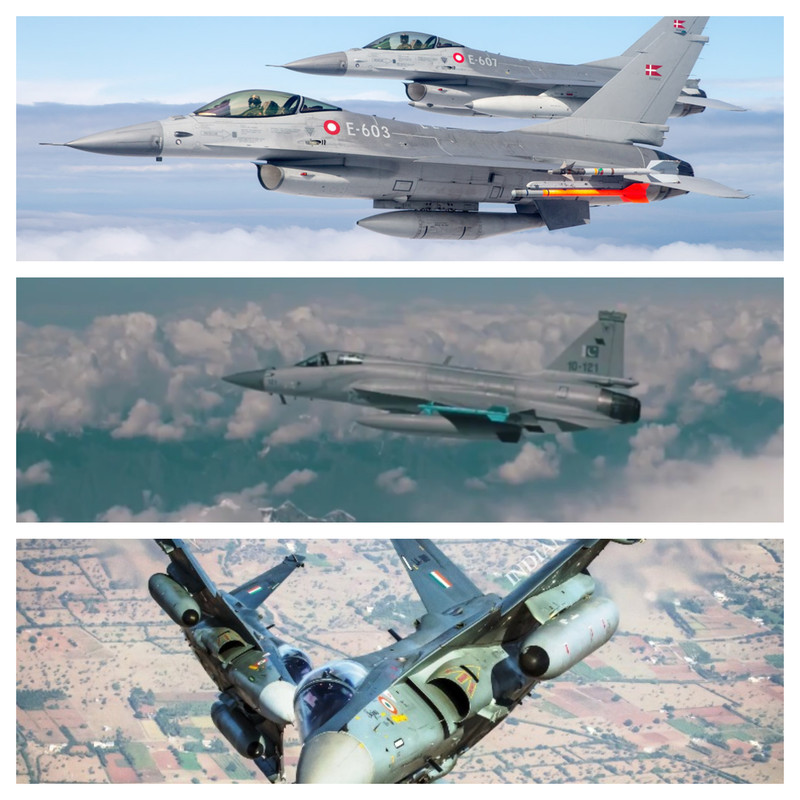SOURCE: RAUNAK KUNDE / NEWS BEAT / IDRW.ORG
The Defence Research and Development Organisation (DRDO) is making significant progress on Project Veda, a new satellite launch vehicle (SLV) designed specifically for the Indian armed forces. According to idrw.org, DRDO has begun procuring equipment and recruiting engineers and crew for the program, indicating an expedited timeline.
Project Veda, also known as Vehicle for Defence Application, aims to provide the Indian armed forces with an independent and responsive launch capability for their defence satellites. This dedicated SLV is a three-stage, solid-propellant rocket designed to carry payloads weighing up to 2,000 kilograms into low-Earth orbit, at an altitude of approximately 200 kilometres.
Continue readingSOURCE: RAUNAK KUNDE / NEWS BEAT / IDRW.ORG

Bharat Forge Ltd., a leading Indian multinational company, has announced its participation in the development of India’s next-generation infantry combat vehicle, the Futuristic Infantry Combat Vehicle (FICV). This news comes after the Defence Acquisition Council (DAC), led by Defence Minister Rajnath Singh, greenlit the FICV program in 2023.
The Indian Ministry of Defence (MoD) has outlined a demanding set of specifications for the FICV. The vehicle must be amphibious, allowing for seamless movement across water bodies. It needs to be equipped with a manned turret featuring a future combat system (FCS) and the capability to fire anti-tank guided missiles (ATGMs) with a fire-and-forget mechanism.
Continue readingSOURCE: RAUNAK KUNDE / NEWS BEAT / IDRW.ORG

India’s private defence company, Zen Technologies, has commenced trials of a new iteration of its Anti-Drone System (CUAS), specifically designed to counter stealth drones.
Traditional drones can be challenging to detect due to their size, but stealth drones pose an even greater threat due to their low observable design, making them difficult to track on radar. Zen Technologies’ new system claims to address this challenge by employing a “multi-layer sensor architecture.” This likely refers to a combination of sensors, potentially including radio frequency (RF) detection, video-based tracking, and radar, working together to create a comprehensive defence against drone incursions.
Continue readingSOURCE: AFI

AZAD Engineering Limited, a leader in precision engineering and manufacturing based in Hyderabad, has secured a significant contract from the Gas Turbine Research Establishment (GTRE), a prominent organization under India’s Defence Research and Development Organisation (DRDO).
This prestigious contract tasks AZAD with the complete manufacturing and assembly of an advanced gas turbine engine specifically designed for defense applications. The agreement reportedly involves the production of 20 units, with the first batch of fully integrated engines expected for delivery by early 2026.
Continue readingSOURCE: AFI

Indian defense technology company EndureAir Systems has unveiled its latest innovation – the ‘Sabal’ series of unmanned aerial vehicles (UAVs). These small, electrically powered drones are designed specifically for military logistics operations, offering a versatile solution for cargo delivery and battlefield observation.
The Sabal series comprises two models – Sabal-10 and Sabal-20. Both boast a low audio and visual signature, making them difficult to detect by enemies. This enhances mission success rates and troop safety.
Continue readingSOURCE: AFI

As India is hit with General Elections, the Bharatiya Janata Party (BJP) is once again making headlines with a bold promise: to wrestle Pakistan Occupied Kashmir (PoK) from Pakistani control. This audacious vow, however, raises numerous questions and concerns, both domestically and internationally. While the BJP’s commitment to this goal might bolster nationalist sentiments and secure electoral gains, the practicalities and geopolitical ramifications of such an endeavor suggest it is far more complex than it appears.
PoK, with a population of nearly 5 million Muslims, presents a significant challenge. Analysts assert that the majority of this population harbors no desire to be “rescued” by India. Over the past seven decades, these residents have developed a distinct identity and political alignment, largely divergent from the Indian perspective. Therefore, any attempt to integrate PoK into India is likely to face severe local resistance.
Continue readingSOURCE: AFI

The Indian Air Force (IAF) has achieved a significant milestone with the successful landing of a C-130J aircraft using Night Vision Goggles (NVG) at an Advanced Landing Ground (ALG) in the Eastern sector. This accomplishment, announced on the IAF’s social media platform, highlights the force’s dedication to expanding its capabilities and strengthening national defense.
The C-130J, known for its versatility and advanced technology, played a key role in the operation. The use of NVGs during the landing demonstrates the IAF’s commitment to improving its ability to conduct missions effectively in low-light conditions. This advancement strengthens the IAF’s operational reach and preparedness, particularly in the Eastern sector, which borders several countries.
Continue readingSOURCE: IDRW.ORG.

Officials from Bharat-Forge have indicated that a potential order for 307 Advanced Towed Artillery Gun Systems (ATAGS) might materialize after the upcoming Indian elections. However, uncertainty surrounds the specific variant chosen by the Indian Army for production.
ATAGS, a collaborative effort between Tata Defence and Bharat-Forge, aims to replace aging artillery guns in the Indian Army’s inventory. While both companies have developed two distinct variants of the ATAGS, the Indian Army has yet to announce its selection for mass production.
Continue readingSOURCE: IDRW.ORG.

Sagar Defence Engineering has taken the wraps off its latest innovation – the Bali USV (Unmanned Surface Vehicle). This USV boasts impressive capabilities, making it a strong contender in the maritime domain.
The Bali USV is designed for speed, reaching over 25 knots and offering an operational endurance of 8-10 hours. This combination allows for swift response and extended missions at sea. The USV is equipped with a radar system, providing operators with real-time information about its surroundings. Object tracking capability further enhances its ability to monitor and identify targets of interest.
Continue readingSOURCE: DEEPAK HILORI/ FOR MY TAKE / IDRW.ORG

India’s quest for self-reliance in defense has reached a crucial juncture. The Medium Altitude Long Endurance (MALE) UAV program, specifically the Archer and Tapas projects, has seen delays. To bridge this gap and expedite MALE UAV development, the Defence Research and Development Organisation (DRDO) should consider transferring its technology (ToT) to qualified Indian private sector companies.
Private companies bring agility and a market-driven approach. DRDO’s expertise lies in fundamental research. Sharing knowledge allows private firms to leverage existing technology, accelerating the MALE UAV development cycle.
Continue readingSOURCE: AFI

Argentina’s Air Force recently opted for a fleet of used F-16 fighter jets from Denmark, surpassing offers from India’s LCA Tejas and China’s JF-17. Local media reports shed light on the decision-making process.
One key factor influencing Argentina’s decision was the Tejas’s use of British components. The reports suggest concerns about potential delays in obtaining replacements for these parts, leading to extended periods where the aircraft might be grounded. This could have hampered operational readiness.
Continue readingSOURCE: AFI

The development of Iran’s Chabahar Port stands as a pivotal move in regional geopolitics, poised to significantly reduce Afghanistan’s dependency on Pakistan’s Karachi port. This strategic initiative, driven by trilateral cooperation between India, Iran, and Afghanistan, aims to enhance regional trade connectivity, promote economic growth, and stabilize the region by providing landlocked Afghanistan with a vital alternative trade route.
Chabahar Port, located in southeastern Iran, offers a crucial gateway to the Arabian Sea. Unlike Pakistan’s Gwadar Port, which is heavily influenced by Chinese investments, Chabahar is developed with substantial Indian support, positioning it as a strategic asset for regional trade and geopolitical balance.
Continue readingSOURCE: AFI

A recent report has revealed that ISIS has been targeting female employees in critical security roles at multinational corporations (MNCs) in India. The terror group is reportedly using women working in similar jobs to befriend and exploit these employees.
Security agencies are closely monitoring these women and their families to prevent them from being radicalized. ISIS’s goal is to disrupt the operations of MNCs and damage India’s image. This is a serious threat that needs to be addressed. Companies need to be vigilant and take steps to protect their employees from being targeted by ISIS. They should also provide training to employees on how to identify and report suspicious activity.
Continue readingSOURCE: AFI

The Indian Army has recently undertaken an internal survey to evaluate the Agnipath scheme, a groundbreaking initiative introduced to modernize and rejuvenate the Armed Forces by recruiting young soldiers known as Agniveers on a short-term contractual basis. This proactive measure comes in response to feedback and operational experiences since the scheme’s implementation. The survey aims to identify areas for improvement and ensure the scheme’s long-term success and alignment with the Army’s strategic objectives.
Launched in 2022, the Agnipath scheme represents a paradigm shift in the recruitment process of the Indian Armed Forces. Under this initiative, young individuals are recruited as Agniveers for a four-year term, after which a select percentage are retained for longer service, while the others are offered assistance for resettlement in civilian life. The scheme aims to infuse the military with youthful energy and technical skills while providing disciplined, skilled personnel for the civilian workforce.
Continue readingSOURCE: RAUNAK KUNDE / NEWS BEAT / IDRW.ORG

Spain has sparked a diplomatic ripple after denying docking permission to a cargo ship carrying explosives headed for Israel. The Denmark-flagged vessel, Marianne Danica, was reportedly transporting a significant amount of military equipment, including 80,000 units of 120mm HE Mortars and 50,000 units of 125mm HE rounds.
According to media reports, the origin of the shipment was Chennai, India, with the intended destination being the Israeli port of Haifa. However, leaked documents reveal a twist in the narrative. The Czech Republic’s Ministry has submitted a claim asserting ownership of the munitions.
Continue reading